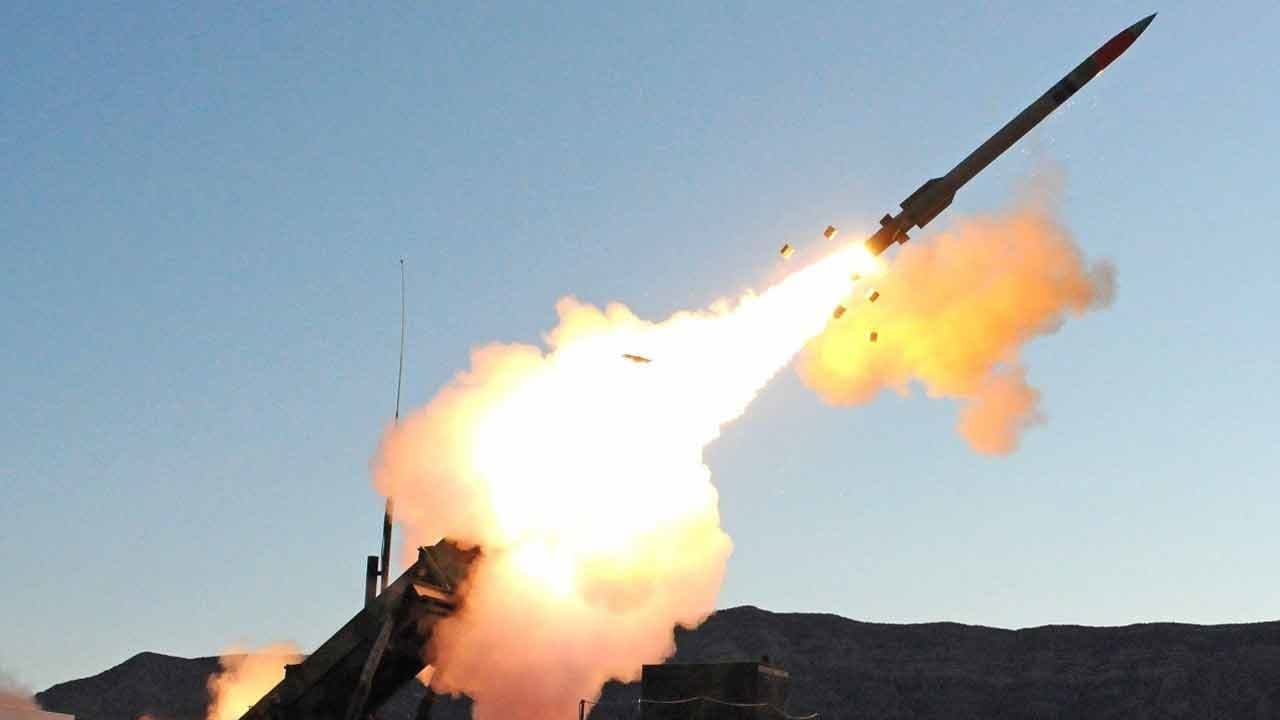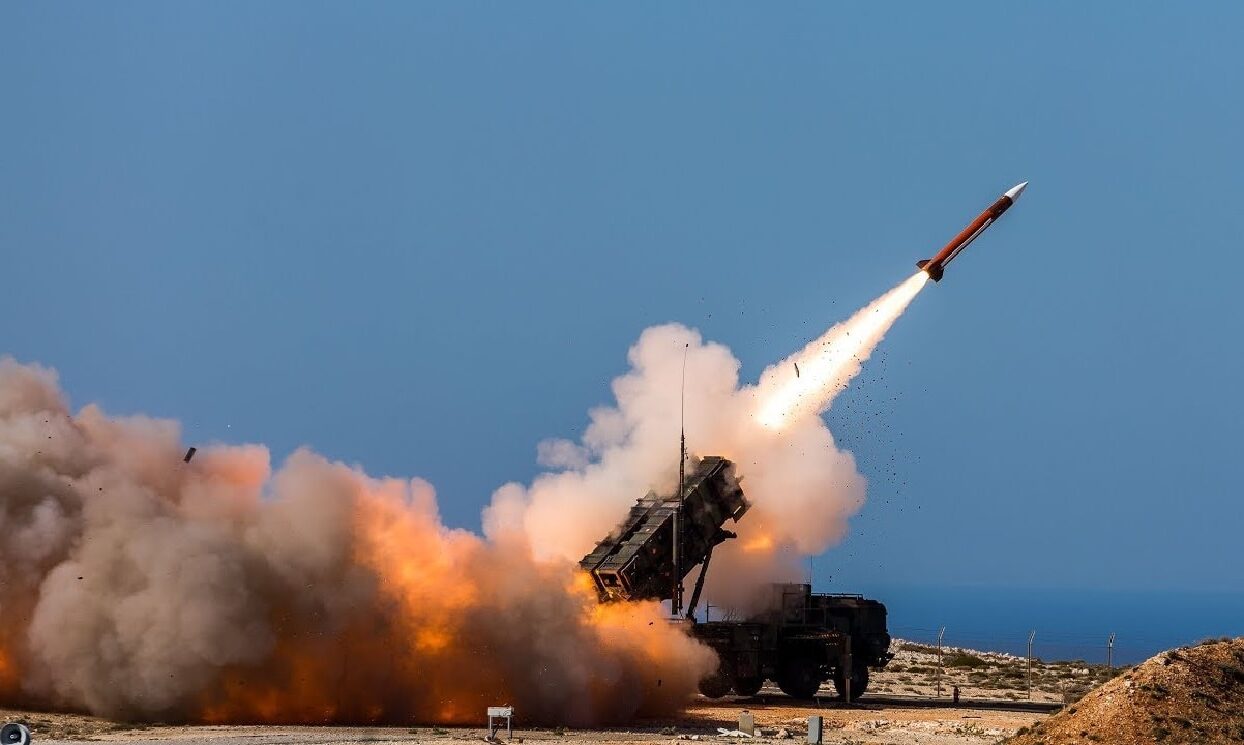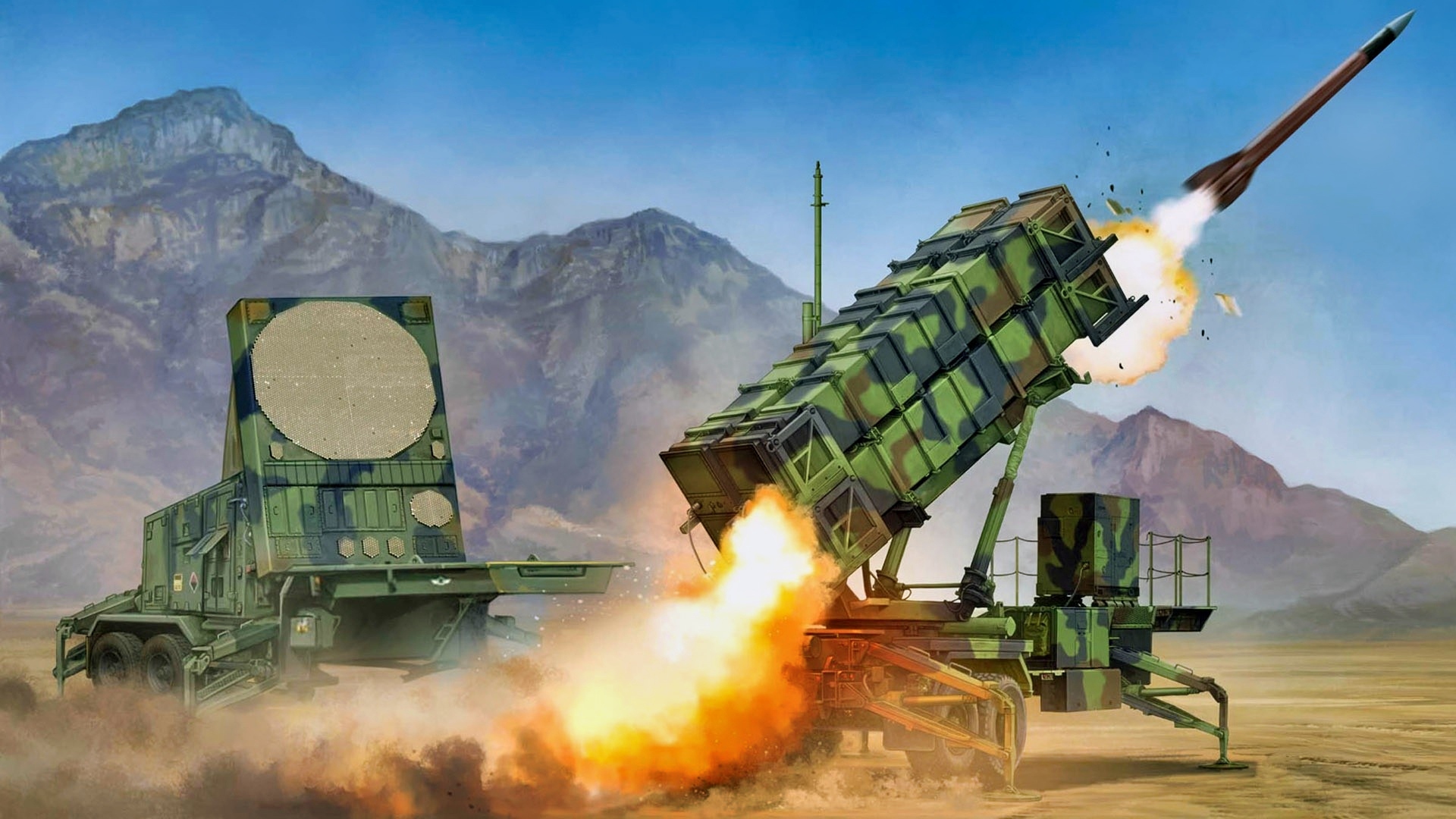After blasting onto the scene during the Gulf War and successfully intercepting Iraqi SCUD missiles, the United States Army Patriot missile systems have evolved far beyond their initial capabilities.
In the more than 30 years since the Gulf War, one might expect the Patriot would have become obsolete, dated, or no longer relevant against emerging threats.
However, the Patriot missile has evolved from intercepting unguided and inaccurate SCUD missiles to a weapon capable of simultaneously tracking and intercepting two maneuvering cruise missiles. The Patriot is even reportedly capable of destroying moving aircraft.
The possibility of Patriot missiles tracking or destroying moving aircraft, should reports from Ukraine be accurate, represents a substantial leap forward for the Patriot system, which has historically been engineered to track “ballistic” missiles following a parabola-like incoming trajectory.
Patriot Destroys Aircraft
It may not seem entirely plausible, yet the ability of the Patriot missile to track and destroy moving targets is entirely realistic due to progress made in modernization efforts.
US Army and industry upgrades have successfully shepherded the Patriot system into the modern era. Early upgrades to the Patriot included a US Army software upgrade called Missile Segment Enhancement or MSE, which improved the radar interface, guidance, and overall performance of the missile systems.
The Patriot has been better networked and integrated with new generations of radar technology in recent years.
For example, the Patriot’s radar tracking technology has been updated with integrated technologies such as Lower Tier Air and Missile Defense Sensor (LTAMDS). This enhanced radar, integrated in recent years, enables Patriot radar to detect with a 360-degree aperture and, as reported in Ukraine, engage moving targets such as maneuvering cruise missiles and even aircraft.
Unlike the more linear directional configuration of the existing Patriot air and missile defense system, the Raytheon-built LTAMDS is engineered with overlapping 120-degree arrays intended to track approaching threats using a 360-degree protection envelope seamlessly.
Raytheon’s LTAMDS, called Ghost Eye, supported the launch of an SM-6 interceptor missile engineered to destroy incoming threats. This platform requires engineering-specific interfaces, technical alignments, and software adjustments to ensure that otherwise separate systems can connect.
This connection was successfully demonstrated recently in a joint military exercise known as Valiant Shield 24. An LTAMDS radar was networked with the Army’s Integrated Battle Command System (IBCS) to launch an SM-6 at a specified target.
Networking upgrades
The Patriot has also been integrated into the US Army’s well-known and successful Integrated Battle Command System multi-node networking technology engineered to generate a multi-domain, expansive networked missile defense system.
By connecting a series of otherwise disconnected nodes, IBCS can form a “mesh” network using many systems, including Sentinel Radar, Patriot missile batteries, and air and surface nodes such as F-35s and ship-based Aegis Combat Systems.
Some integration with F-35s and Aegis radar platforms is still being tested. Yet, the progress introduces the possibility of creating a multi-domain missile defense web capable of sharing target track information across dispersed land, air, and sea nodes.
IBCS can also integrate an Indirect Fire Protection Capability Increment 2 (IFPC Inc 2) ground base-protection system and a software-defined Active Electronically Scanned Array radar called AN/TPS-80 G/ATOR.
The ability to track and destroy multiple moving targets brings Patriot missile batteries into a new era, which would explain why deployment of the system continues to expand with US allies and protect critical areas around the globe.
Perhaps future iterations of the Patriot will take its tracking technologies to even newer heights, including an ability to track and destroy faster-moving aircraft.

Patriot Missile. Image Credit: Creative Commons.

Image: Creative Commons.
About the Author: Kris Osborn
Kris Osborn is the Military Technology Editor of 19FortyFive and President of Warrior Maven – Center for Military Modernization. Osborn previously served at the Pentagon as a highly qualified expert in the Office of the Assistant Secretary of the Army—Acquisition, Logistics & Technology. Osborn has also worked as an anchor and on-air military specialist at national TV networks. He has appeared as a guest military expert on Fox News, MSNBC, The Military Channel, and The History Channel. He also has a Masters Degree in Comparative Literature from Columbia University.

